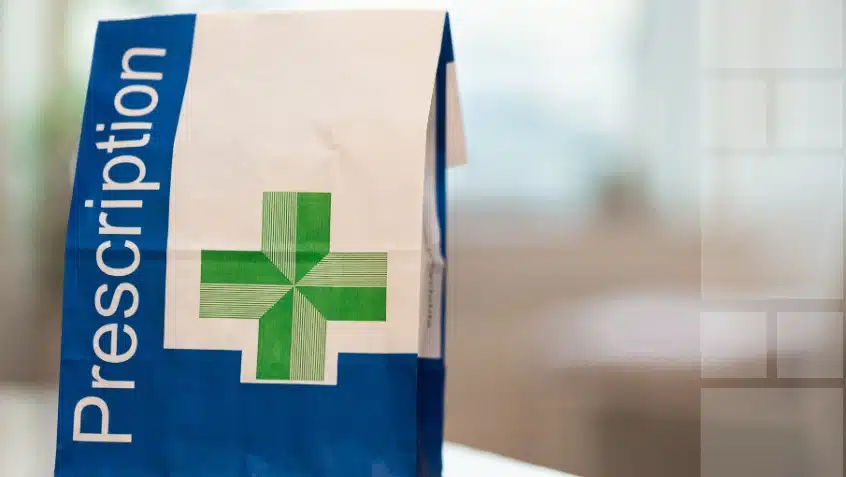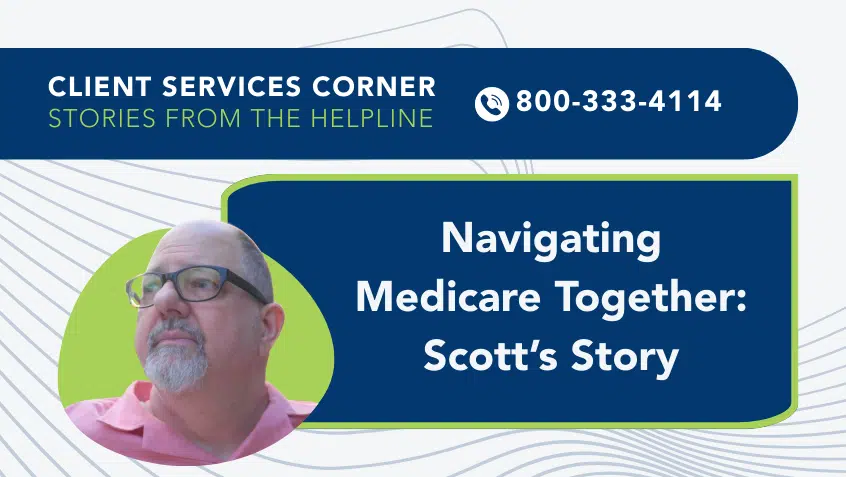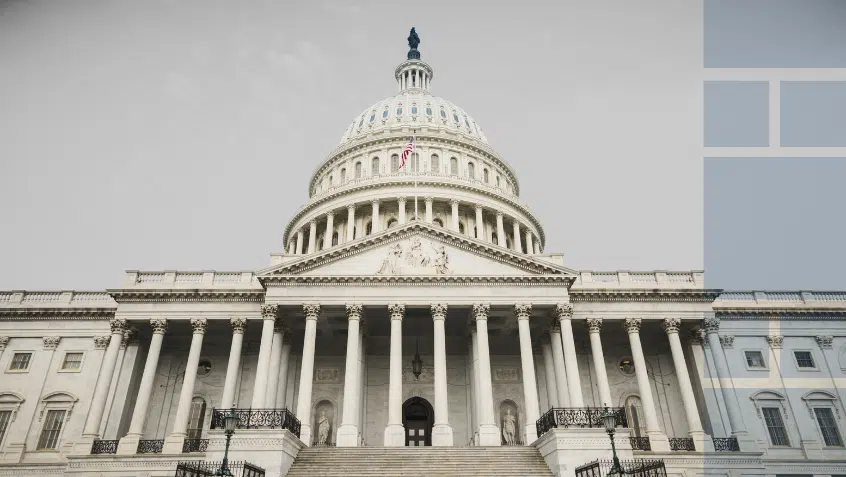Join Us Live for a Discussion on Medicare, Democracy, and the Future of Health Care
Spending and Prescribing Patterns Across Medicare, Medicaid, and Large Employer Drug Coverage

Drug prices have been in the news lately, and a timely analysis from the Kaiser Family Foundation gives valuable insight into prescription drug spending across large employer plans, Medicaid, and Medicare Part D. By understanding spending and prescribing patterns across these payers, policymakers can make better decisions about lowering the cost of medications for consumers.
In 2017, total prescription drug spending amounted to $333 billion in the US. Combined, Medicare, Medicaid, and large employer coverage accounted for over 80% of that total. There are significant commonalities between the three sources when it comes to drug spending. For example, 13% of large employer drug spending covered just five drugs. Though the drugs differed, Medicare and Medicaid saw the same pattern with 10% of spending covering only five drugs. The same pattern held true for the top 50 drugs for each payment source. Spending is largely concentrated in a small number of prescribed medications relative to all of the prescriptions that are filled.
Medicare and private insurance are also similar in what conditions cause the highest out-of-pocket spending for their beneficiaries: cancer, multiple sclerosis, and rheumatoid arthritis. But there are differences as well. Unsurprisingly, employer coverage and Medicare differ in the types of prescriptions that are most common. In 2016, Medicare’s most common prescription was a generic to combat high cholesterol while private insurance’s two most common prescriptions were for antibiotics—with a high cholesterol medication coming in seventh.
The costliest medications also vary according to payment source. In 2016, Medicare and Medicaid spent the most on Harvoni, a treatment for hepatitis C, while large employers spent the most on Humira, a treatment for rheumatoid arthritis, with Harvoni coming in fifth. Humira was not in the top 10 in spending for Medicaid or Medicare.
And certain drug classes—antidiabetic agents and antivirals—were among the top three in spending for private insurance, Medicare, and Medicaid in 2016. Medicare alone spent $20 billion on antidiabetic agents and $11.8 billion on antivirals.
Of significant concern is the finding that high out-of-pocket spending of more than $1,000 is more common among people with Medicare Part D than employer coverage. At Medicare Rights, we regularly hear from our helpline callers that prescription medications are not affordable, and this new evidence reinforces those stories. More must be done to ensure that everyone has access to affordable medications they need.
Read Medicare Rights’ report about trends from our helpline.
Show Comments
We welcome thoughtful, respectful discussion on our website. To maintain a safe and constructive environment, comments that include profanity or violent, threatening language will be hidden. We may ban commentors who repeatedly cross these guidelines.
Help Us Protect & Strengthen Medicare
Donate today and make a lasting impact
More than 67 million people rely on Medicare—but many still face barriers to the care they need. With your support, we provide free, unbiased help to people navigating Medicare and work across the country with federal and state advocates to protect Medicare’s future and address the needs of those it serves.
The Latest
Most Read
Add Medicare to Your Inbox
Sign up to receive Medicare news, policy developments, and other useful updates from the Medicare Rights.
View this profile on InstagramMedicare Rights Center (@medicarerights) • Instagram photos and videos









